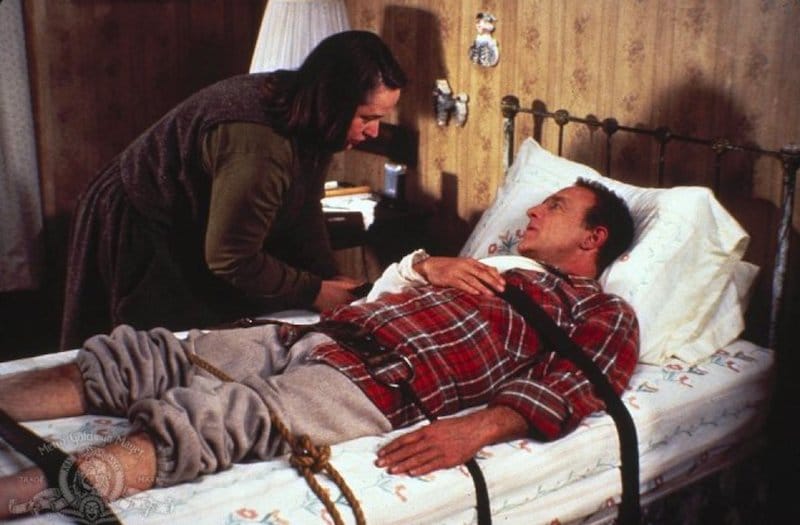A well-timed message from surfing’s great historian Matt Warshaw…
Every cloud is lined with silver, or so the saying goes.
In the case of a deadly-to-the-aged virus that was birthed in the filth and horror of China’s infamous multi-species wet-markets, it has fallen to surfing’s great historian, Matt Warshaw, to reveal a layer that shimmers.
Matt needs little introduction, of course, former editor of Surfer, keeper of surfing’s flame, a man whom I’ve always pictured as a lone cowboy entering a village on a horse, beholden to no one.
In his Sunday mail-out to Encyclopedia of Surfing subscribers, and on the eve of an economic apocalypse, Warshaw points out the enviable position of surfers when it comes to thriving in catastrophe.
There is value in reminding ourselves that the sport has already made it through hard times. On the disease side, surfing, along with the native population at large, was utterly decimated in the century following Captain Cook’s arrival in Hawaii.
From the 1900 nadir of that catastrophic event, however, we get Duke Kahanamoku and George Freeth and surfing’s rebirth. (While it messes up my point, I’m obligated to point out that Freeth died in the coming flu pandemic.)
As far as squaring up to economic hardship, surfers didn’t merely survive the Great Depression, we aced it. We slept on the beach, pulled entire meals from the ocean, went hard DIY on equipment, and if it wasn’t exactly a 12-year San Onofre clambake, surfers in general got through the Depression happier and healthier then the population at large.
Photographer Doc Ball put it this way: “We bought very little. We made our own boards and trunks; I even made my own camera tripod. It was good for you. After all that, you really knew how to get there from here. Of course, we had a little trouble getting gasoline. But then it was seven cents a gallon. Imagine that! We had surfing. As long as there’s waves—you didn’t have to pay for those. All we had to do was buy gas to get there.”
If you sign up to the EOS, you can dive even further into the surfers-thriving-during-the-Great-Depression thing.
Here’s the smallest taste,
The Depression did good things for surfing in America. Being poor on the beach in Southern California was a lot better than being poor in the Nebraska plains or on a New York street corner—or anywhere else in the country, for that matter. Surfers were already familiar with living on the cheap: they made their own trunks and surfboards, pulled lobsters and abalone from the sea, gathered wood for their own fires, and could build an evening’s entertainment around a ukulele, a guitar, and a passed-around bottle of jug wine. Riding waves didn’t make up for being jobless or underemployed, but it was a nice way to pass the time if you were. With a long curl-beating ride to the beach, surfers could still find grace moments, just as they had during an era of prosperity.
In California, and to a lesser degree Hawaii, beaches and lineups during the Depression were commanded by down-at-heels journeymen like Tom Blake, who sold his swimming medals and cups to pay for meals. Another was the hulking surfer-paddleboarder Gene “Tarzan” Smith, who during the 1930s lived on and off in a cave he excavated in a sandstone cliff near Corona del Mar. On weekend nights, Smith, a binge drinker and predatory brawler, would roll his only suit and a pair of old dress shoes into a piece of oilskin, paddle across Newport Harbor to the enormous Rendezvous Ballroom, change next to a nearby boathouse, dance and drink and bust a few heads, then roll the suit back up and make the return journey across the harbor to his cave. Smith would became famous among surfers for his otherworldly paddling stamina. In 1940 he paddled from Oahu to Kauai, a seventy-mile, thirty-hour journey, on a board outfitted with a compass, flashlight holder, hunting knife, and pneumatic pillow. Over the last few miles, Smith hallucinated that he was stroking down Hollywood Boulevard. Sixty-five years passed before another paddler made the crossing.
As I said, give Warshaw a few bucks and sign up to the EOS, although as he told readers last week, if suffering and privation is your lot, he’s happy to carry anyone for free until a vaccine comes along.






